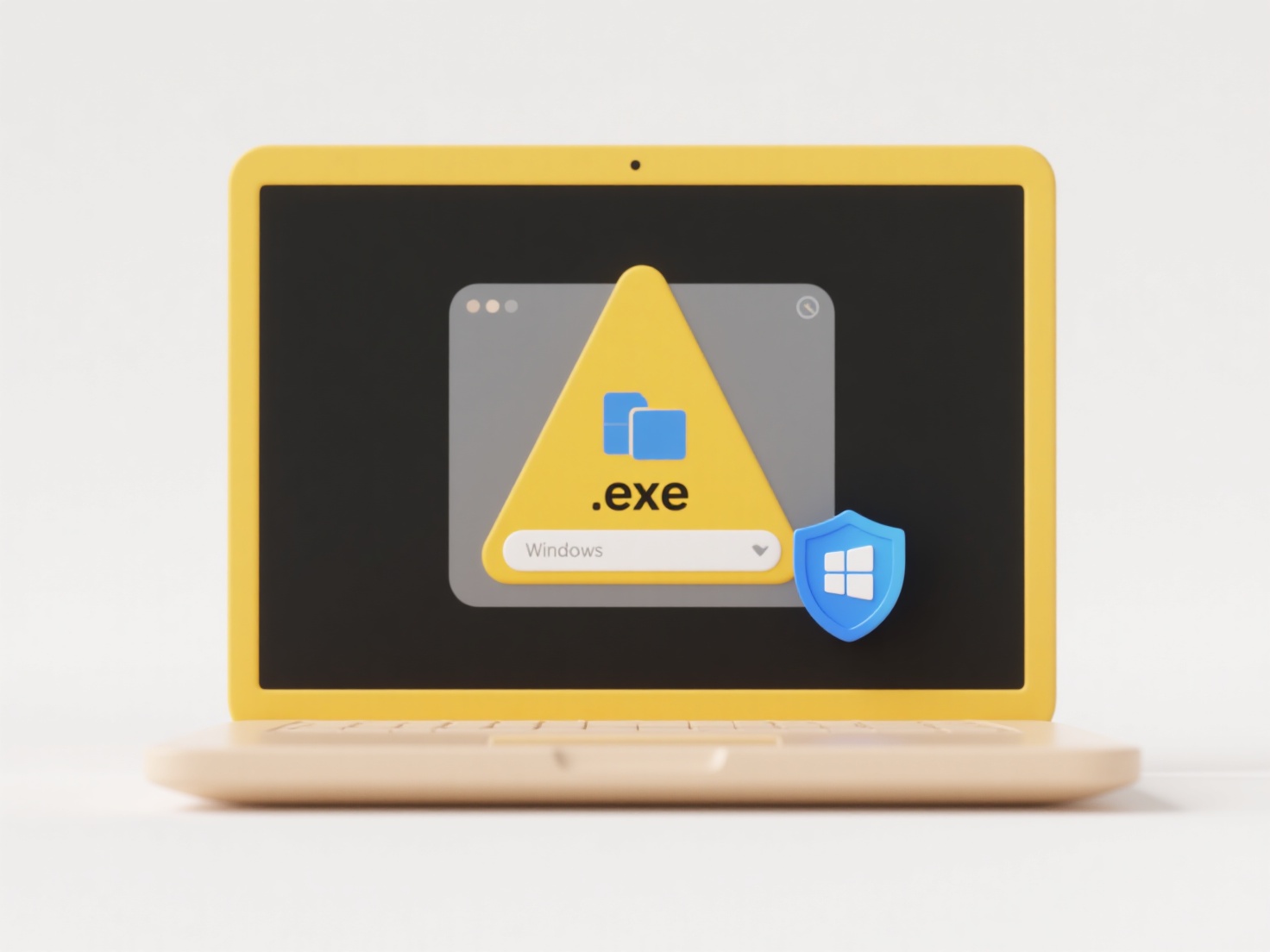
AutoSave automatically saves document changes as you work, replacing frequent manual saving. Unlike manual saving, which requires user action, AutoSave continuously preserves edits to prevent data loss from unexpected issues like power failures. Its operation depends on the software: in cloud-based tools, it's often always active to save progress to the cloud; in desktop applications, it might be a toggle saving locally.
Common examples include cloud productivity suites like Google Docs and Microsoft 365 online, where AutoSave is always enabled to the cloud when editing a file stored online. Desktop applications like Microsoft Word also offer AutoSave settings accessible through options/preferences menus, which must be explicitly turned on or off by the user.

A key advantage of AutoSave is reducing work loss and providing peace of mind. Limitations include potentially saving unintended changes or overwriting prior versions without manual user control. While less prevalent on desktop applications without cloud integration, cloud tools often embed AutoSave seamlessly. Checking application preferences or settings provides control to enable or disable this feature where available.
How do I turn AutoSave on or off?
AutoSave automatically saves document changes as you work, replacing frequent manual saving. Unlike manual saving, which requires user action, AutoSave continuously preserves edits to prevent data loss from unexpected issues like power failures. Its operation depends on the software: in cloud-based tools, it's often always active to save progress to the cloud; in desktop applications, it might be a toggle saving locally.
Common examples include cloud productivity suites like Google Docs and Microsoft 365 online, where AutoSave is always enabled to the cloud when editing a file stored online. Desktop applications like Microsoft Word also offer AutoSave settings accessible through options/preferences menus, which must be explicitly turned on or off by the user.

A key advantage of AutoSave is reducing work loss and providing peace of mind. Limitations include potentially saving unintended changes or overwriting prior versions without manual user control. While less prevalent on desktop applications without cloud integration, cloud tools often embed AutoSave seamlessly. Checking application preferences or settings provides control to enable or disable this feature where available.
Related Recommendations
Quick Article Links
Can local files be synced to multiple cloud services at once?
Syncing local files to multiple cloud services simultaneously means automatically copying and updating your computer's f...
Can I rename AI training data after model evaluation?
Renaming AI training data after model evaluation refers to modifying filenames or metadata identifiers in your dataset c...
How do I manage permissions for shared creative projects?
Shared creative project permissions refer to controlling who can view, edit, download, or manage digital assets like des...